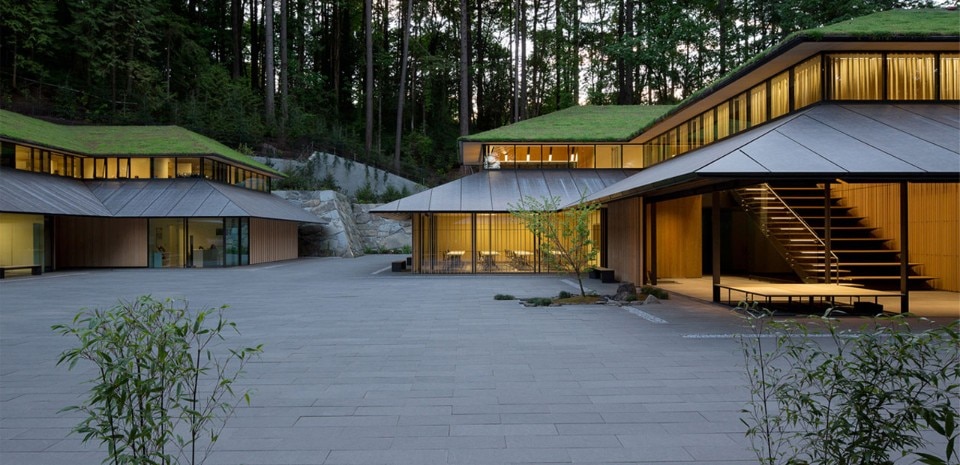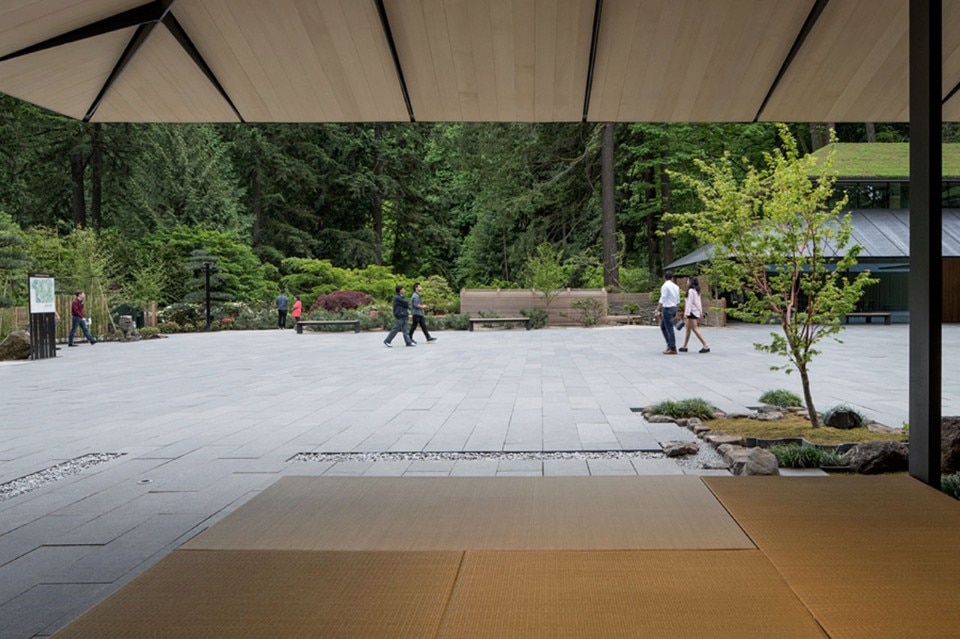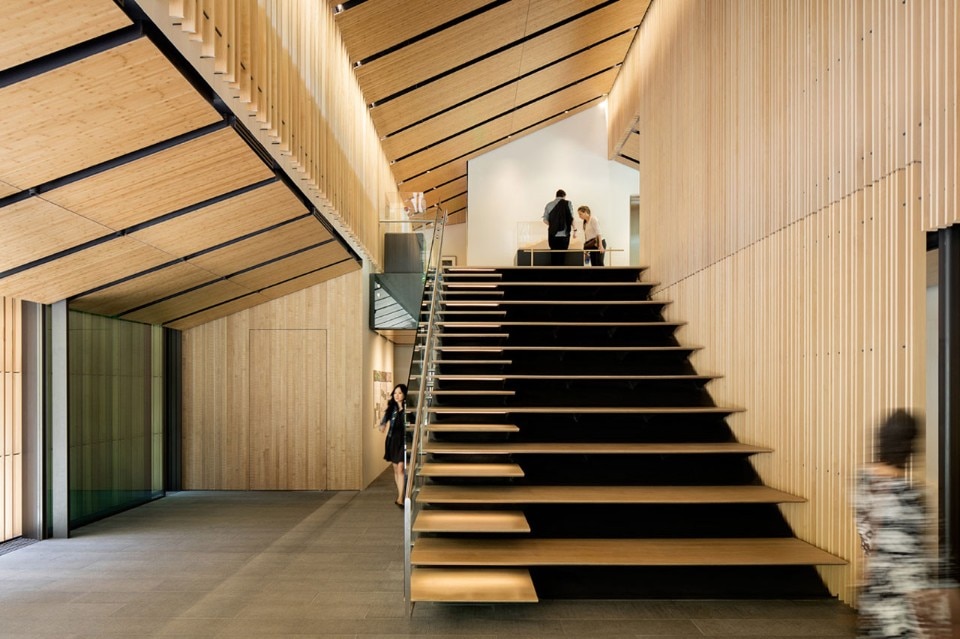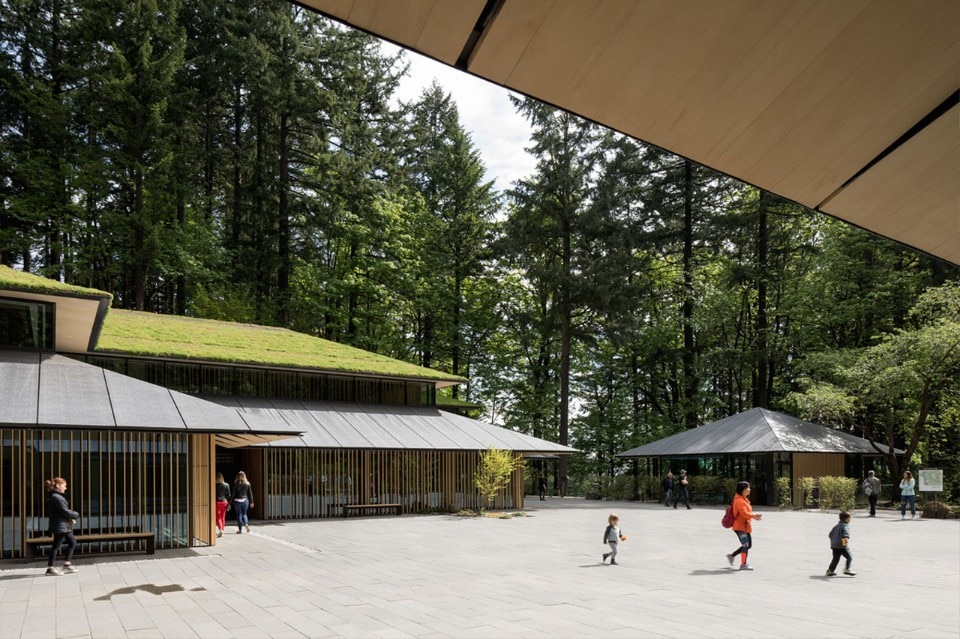
 View gallery
View gallery
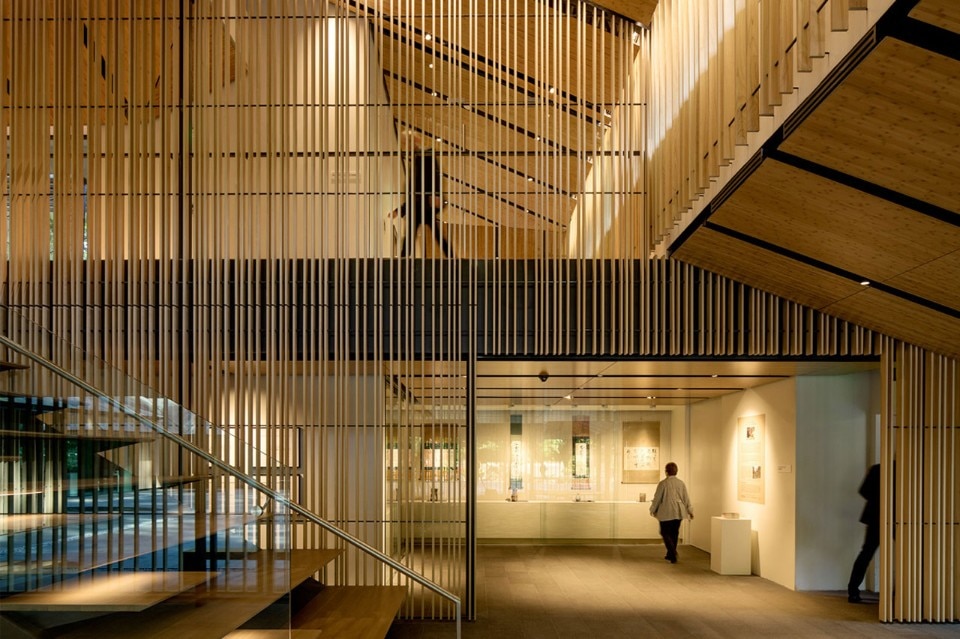
Kengo Kuma and Associates, Portland Japanese Garden Cultural Village, Portland, Oregon, USA, 2017.
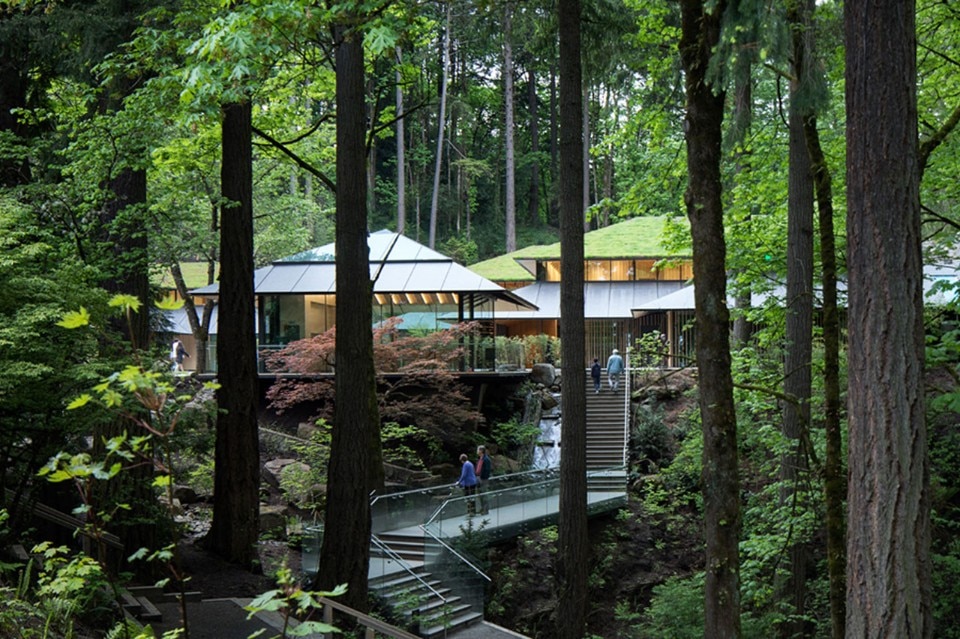
Kengo Kuma and Associates, Portland Japanese Garden Cultural Village, Portland, Oregon, USA, 2017.
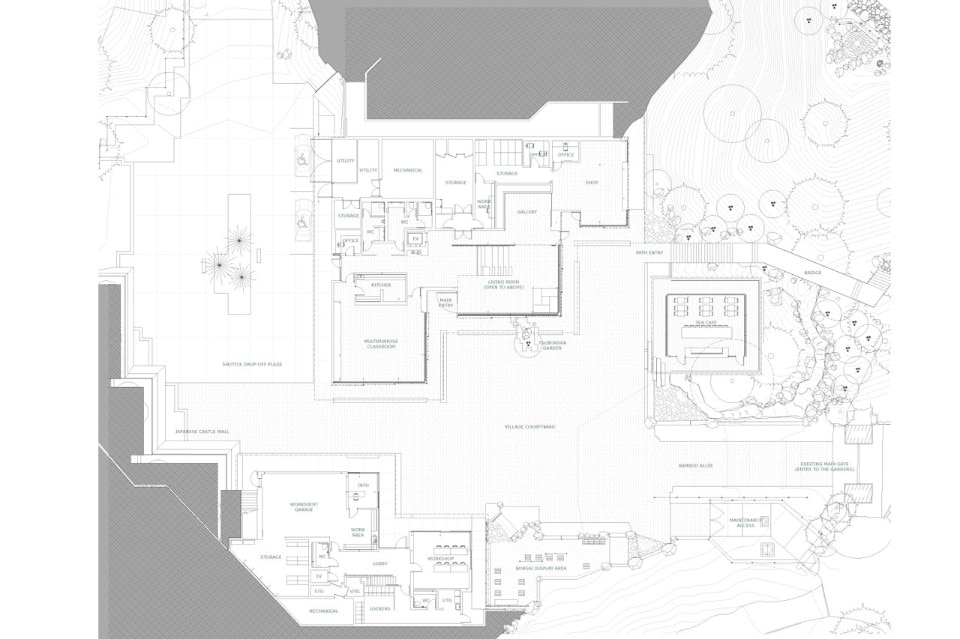
F:\3X BOOK PROJECT\02_Drawings\01_Primary\PJG Arch-Sheet-A-204-EXTERIORELEVATIONS_CAFE Layout1 (1)
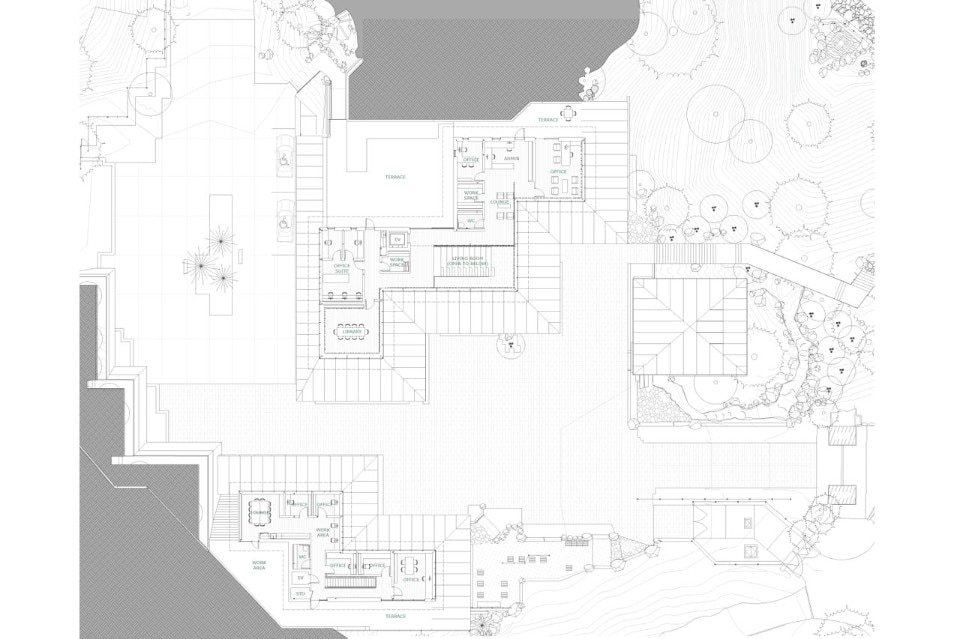
F:\3X BOOK PROJECT\02_Drawings\01_Primary\PJG Arch-Sheet-A-204-EXTERIORELEVATIONS_CAFE Layout1 (1)
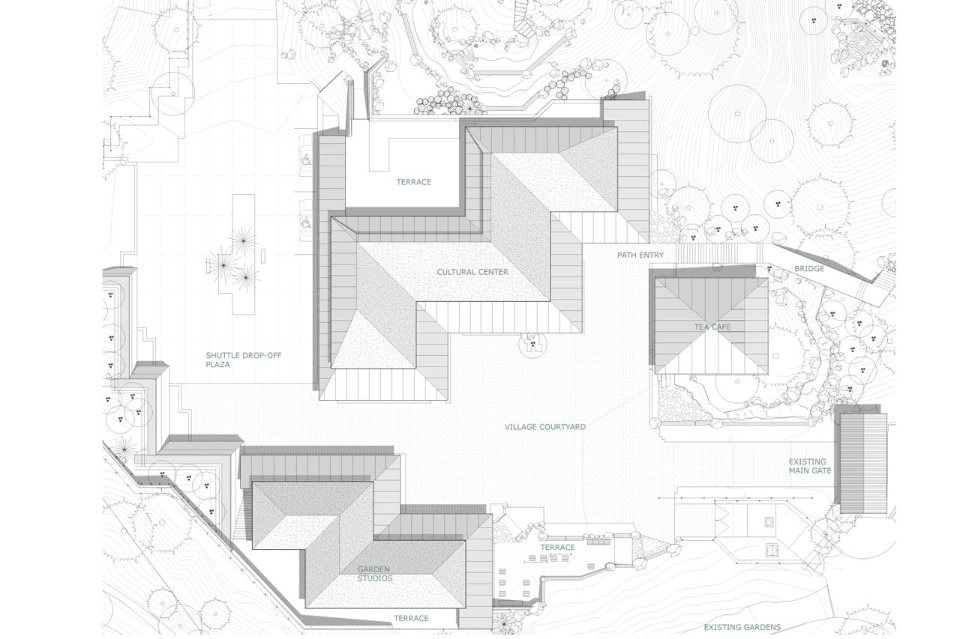
F:\3X BOOK PROJECT\02_Drawings\01_Primary\PJG Arch-Sheet-A-204-EXTERIORELEVATIONS_CAFE Layout1 (1)
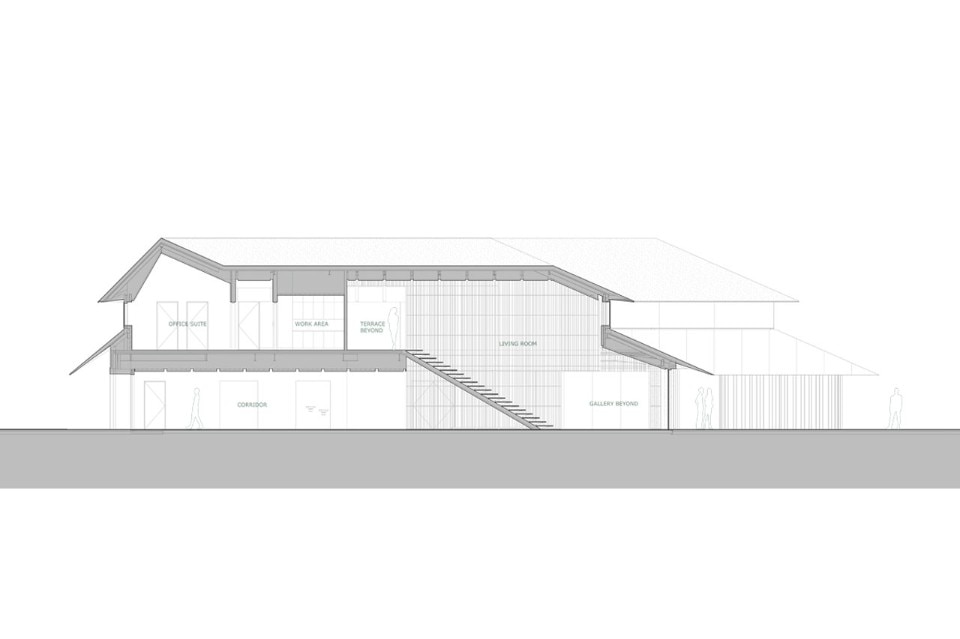
F:\3X BOOK PROJECT\02_Drawings\01_Primary\PJG Arch-Sheet-A-204-EXTERIORELEVATIONS_CAFE Layout1 (1)
There are four buildings, each with its own means of merging into the dramatic slopes of the terrain, in combination with the tall vertical lines of the Pacific Northwest conifers: the Ticketing Pavilion floating above gentle stepped ponds, the Tea Cafe hovering above the ravine, and the main Village House and Garden House. Although the architecture is deferential to the landscape, the key device is the zigzagging roof, which creates deep overhangs of soft metal and lush vegetation, and a porous boundary to encourage a direct relationship with the renowned Portland rain, and its temperamental sun, in a soft, indeterminate, and flexible border. The project was carried out in collaboration with Sadafumi Uchiyama (landscape design), Hacker Architects and Walker Macy. The main materials used are Port Orford cedar, Alaskan yellow cedar, aluminum roof panels and vegetated ceramic roof panels.
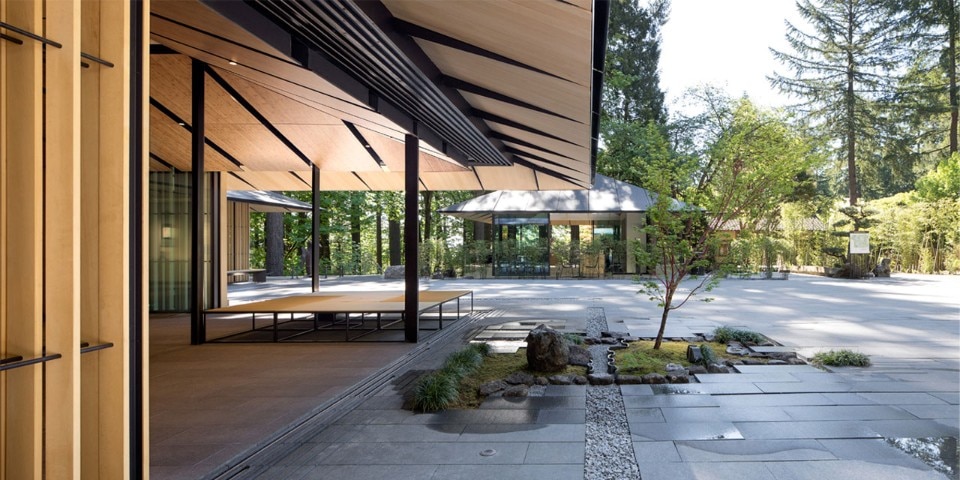
Portland Japanese Garden Cultural Village, Portland, Oregon, USA
Program: cultural center
Architects: Kengo Kuma Associates
Team: Kengo Kuma, Balazs Bognar
Architect of record: Hacker Architects
Landscape: Sadafumi Uchiyama
Landscape architect of record: Walker Macy
Structural and civil engineering: KPFF Consulting Engineers
Geotechnical engineering: GRI
MEP engineering: PAE Engineers
Lighting design: Luma Lighting Design
Sustainability consulting: Green Building Services
Main contractor: Hoffmann Construction Company
Area: 1,431 sqm (total area); 1,343 sqm (Cultural Center and Garden House); 65 sqm (Tea Café), 31 sqm (Ticket Pavilion)
Cost: USD 33.5M
Completion: 2017


